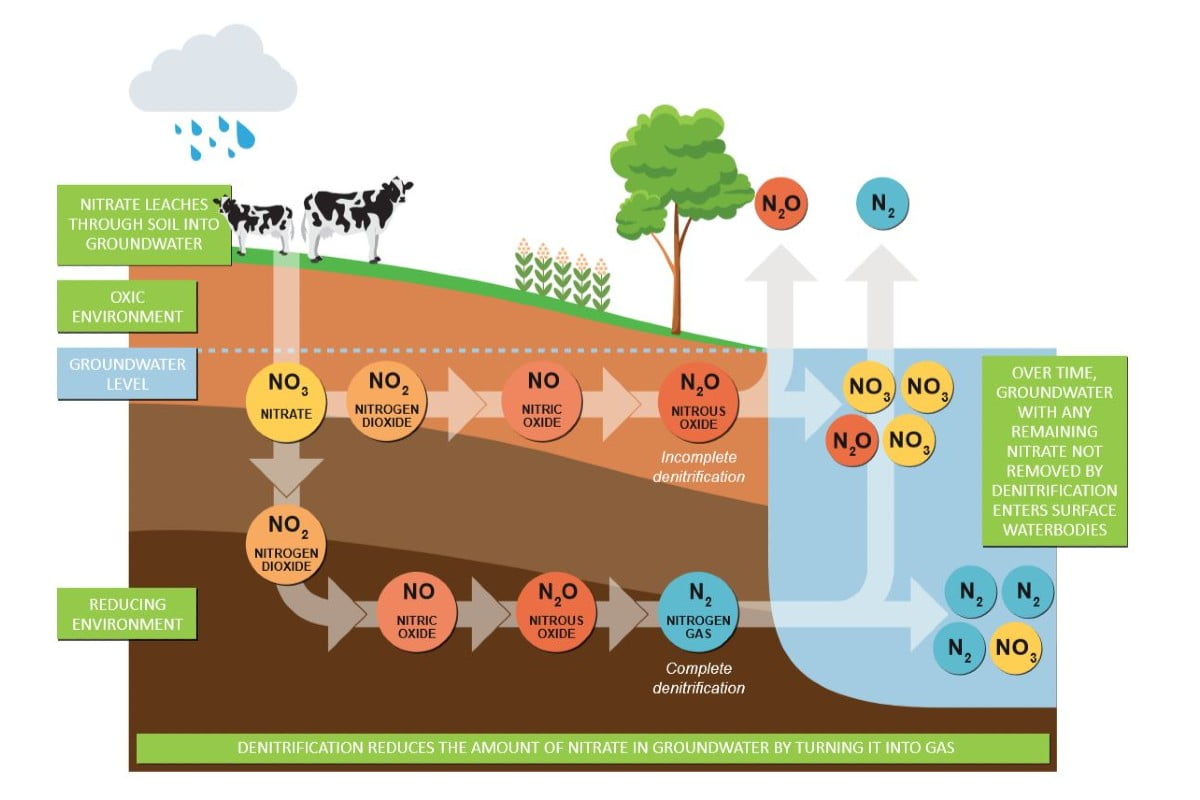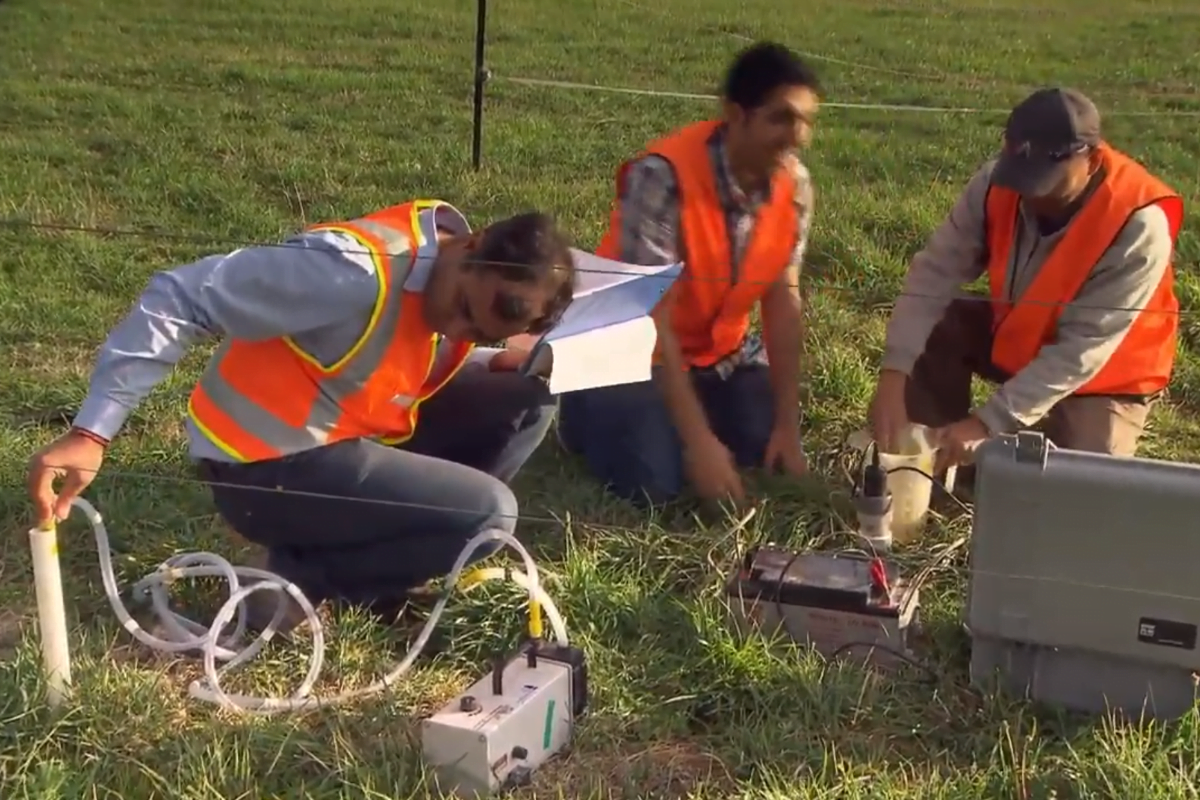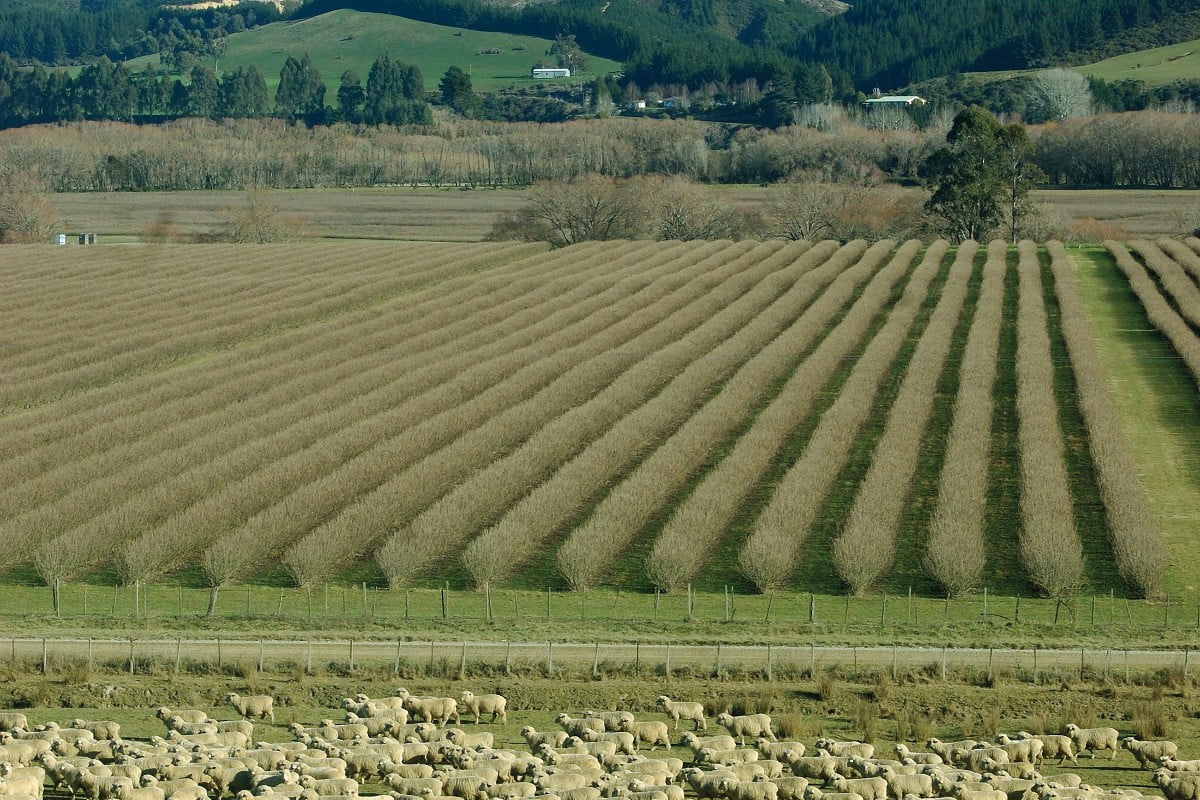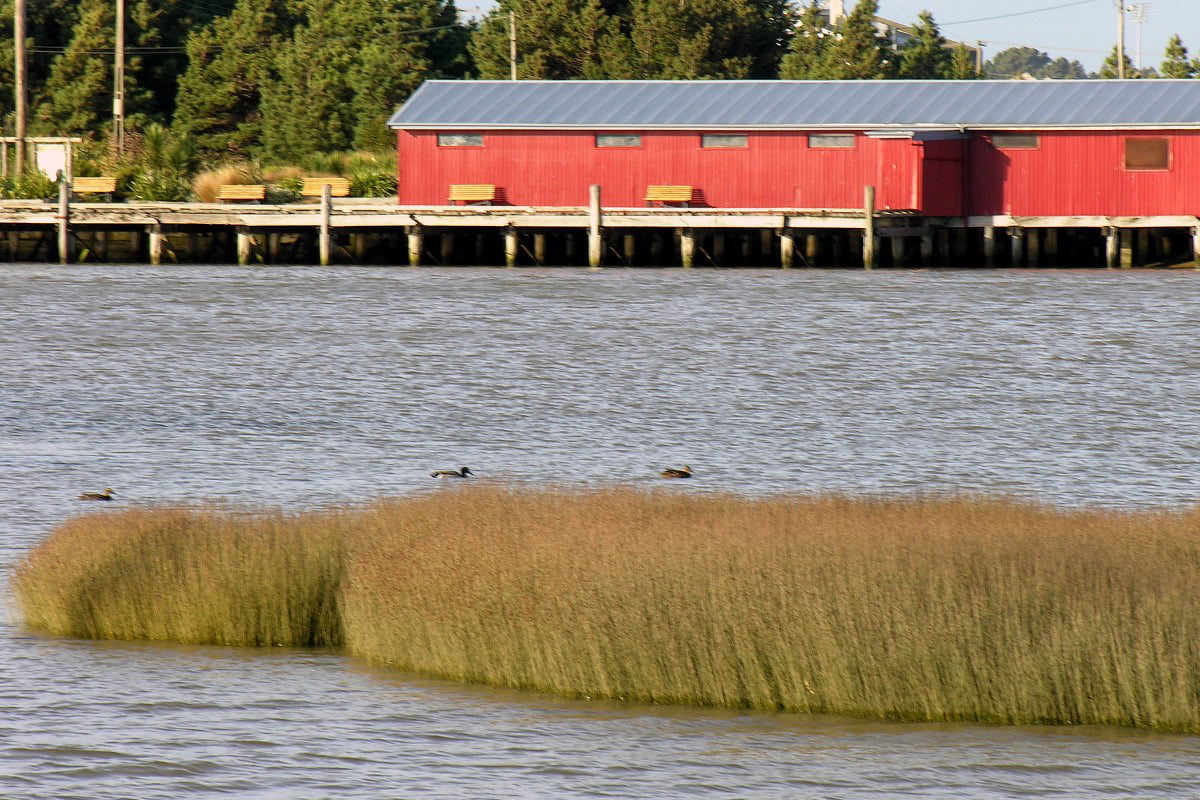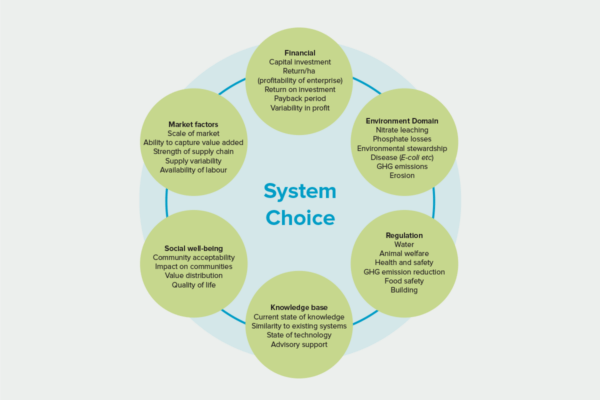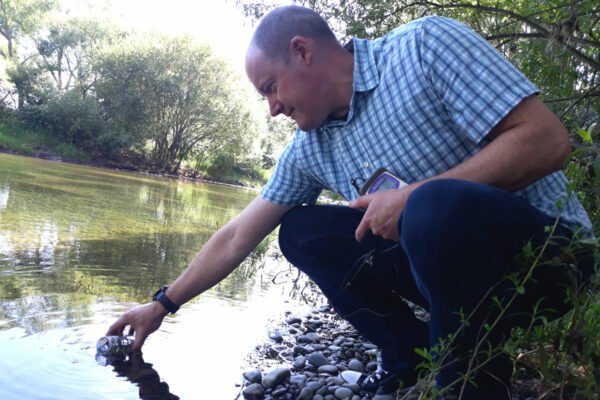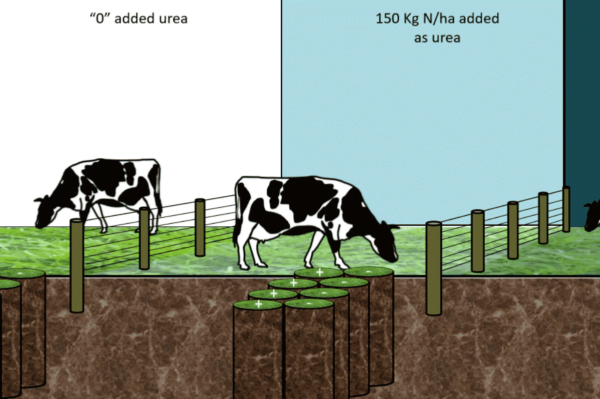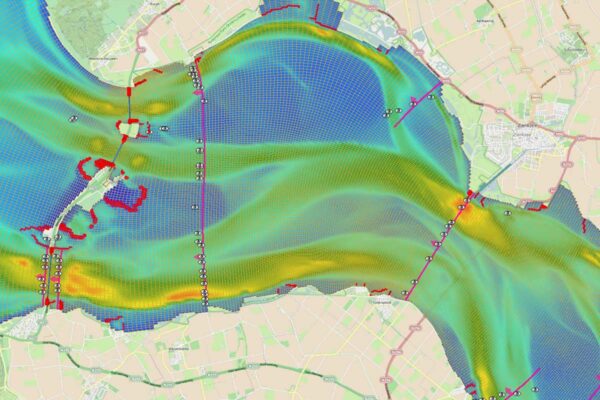Benign Denitrification in Groundwaters
Developing a cost-effective technique to assess denitrification processes and end products in shallow groundwaters
Project Details Ngā taipitopito
Collaborators Ngā haumi
GNS Science | Horizons Regional Council | Manaaki Whenua Landcare Research | Massey University | Waikato Regional Council
What are we doing?E aha ana mātou?
Denitrification is the natural process of soil bacteria converting nitrate back into atmospheric nitrogen gas. This process could reduce (attenuate) the environmentally damaging impacts of nitrate leached from farms to freshwater.
It is important that the denitrification process is complete, because incomplete denitrification can release nitrous oxide (N2O, a harmful greenhouse gas) rather than dinitrogen (N2, a harmless gas making up 78% of the atmosphere).
Benign Denitrification in Groundwaters research developed a catchment-scale model to assess denitrification processes and end products (nitrous oxide and/or dinitrogen) in shallow groundwaters in the Manawatu and Rangitikei river catchments (located in the lower part of the North Island, New Zealand).
This conceptual model could be developed into a method to map and effectively utilise complete benign denitrification capacity at the farm scale, to help achieve environmentally friendly dairy farming across agricultural landscapes.
How can the research be used? Ka pēhea e whai take ai te rangahau?
- This research found that the capacity of natural processes to reduce nitrogen varies a great deal spatially, even within the same catchment. Some parts of a catchment may therefore contribute disproportionately to river contamination of nitrogen, while areas with high nitrogen attenuation capacity may be suitable for strategic intensification of land use.
- Farming the attenuation capacity will be a defining feature of future land uses and a key component of suitability criteria.
- The results suggest a reduction of greater than 25% in the river nitrate loads from dairy farming areas could potentially be achieved by spatially aligning dairy land with areas of high subsurface nitrate-attenuation capacity, and by managing critical flow pathways using innovative edge-of-field technologies such as controlled drainage, drainage-water harvesting for supplemental irrigation, woodchip bioreactors, and constructed wetlands in the study catchments.
- There is potential to build on this work to better understand, map and effectively utilise existing natural and new built-in nitrate-attenuation capacity to significantly reduce water-quality impacts from dairy farming across environmentally sensitive agricultural catchments. This knowledge and tools could help farmers close the gap between what can be achieved with current, in-field mitigation practices and the nitrogen-loss allocation imposed by regulatory authorities.
- Regional councils can use this research to inform policy and the allocation of nitrogen leaching allowances, to achieve better water quality outcomes. Researchers in the Benign Denitrification in Groundwaters project are working collaboratively with Horizons Regional Council and Waikato Regional Council, having agreed that the denitrification measurement tools will be used by the Councils.
- The first end users include Massey University’s Fertilizer and Lime Research Centre (FLRC), Horizons Regional Council, Waikato Regional Council, and Our Land and Water researchers and partners.
 View Our Strategy Document 2019 – 2024
View Our Strategy Document 2019 – 2024



